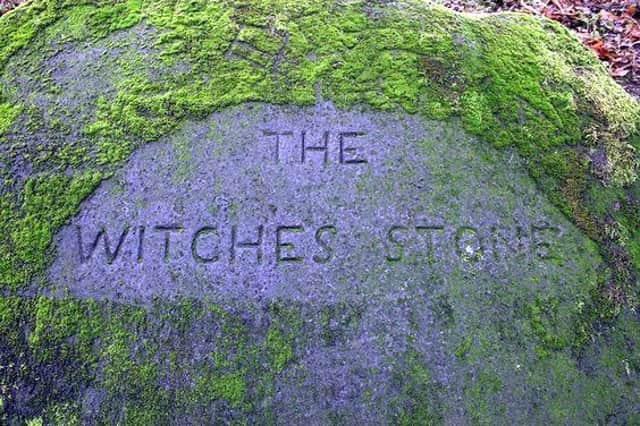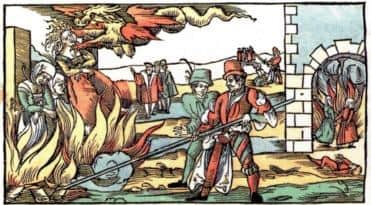Looking back with Ian Scott at the Bo'ness witch burnings of 1679


The festival is one of the very best things happening in Falkirk district each year and a great credit to Ali Strauss and all her team. My event was a walk through old Bo’ness in search of the witch story which held the town in thrall 350 years ago and brought five women and one man to the stake in December 1679.
Following the Bible injunction that “thou shalt not suffer a witch to live” the good Christian people of Scotland brought thousands of women and hundreds of men to trial where they were accused, examined, tortured and executed. Here the law allowed the accused to be subject to horrible tortures like thumbscrews and the boot where wooden wedges were driven into an iron boot crushing the bones of the victim. Little wonder that the confessions flowed and some ludicrous admissions were made. Things were especially bad in the late 1500s.
Advertisement
Hide AdAdvertisement
Hide AdThe records in Falkirk are fairly quiet on such activity but Bo’ness and Carriden were different. There was a renewed flare up in the later 17th century with the authorities very active in seeking out those under suspicion, and complaints about milk turning sour, animals dying or people falling sick often led to the person blamed for the curse ending up on a charge. In 1648 for example six women were burned as witches in Carriden possibly at the spot where the so called ‘Witches Stone’ still stands not far from the old graveyard at Carriden House. Thirty years later brought the most celebrated and best recorded case.


In Bo’ness in 1679 five women, Margaret Pringle, Bessie Vickar, Annaple Thomsone and two called Margaret Hamilton along with their so called ‘warlock’ William Craw were charged with witchcraft. They were held in the Tolbooth in South Street and ‘examined’ by local interrogators. It is not clear exactly what they were supposed to have been planning although one part of the charges talks about attempting to “destroy Andrew Mitchell sone to John Mitchell, elder in Dean of Kinneil”. However it was their admission that they had entered into “a paction with the Devil” and renounced their baptism that eventually led to the guilty verdicts. Their confessions include many meetings with Satan in various places in the town and drinking several “chopins of ale” with him and turning into black crows and flying down from Grange to the kirkyard at Corbiehall where the devil in the form of a large black dog had his wicked way with them. Later they all danced around the graves while the devil played the pipes! The women were all widows and the indictments claimed they had been the devil’s servants and handmaidens for decades. The specially convened assize made up of leading Bo’ness citizens had no doubt that all of this was true and the six were sentenced to death. On 23rd December 1679 they were ‘wirried (that is strangled with wire) then burned at the stake at the west end of Corbiehall below the Pan Brae.
By the start of the following century the stirrings of the Scottish Enlightenment meant that superstitious practices began to wane and eventually disappear. The last known witch execution in Scotland took place at Dornoch in Sutherland in 1722 and a few years later the Act against witchcraft was repealed.